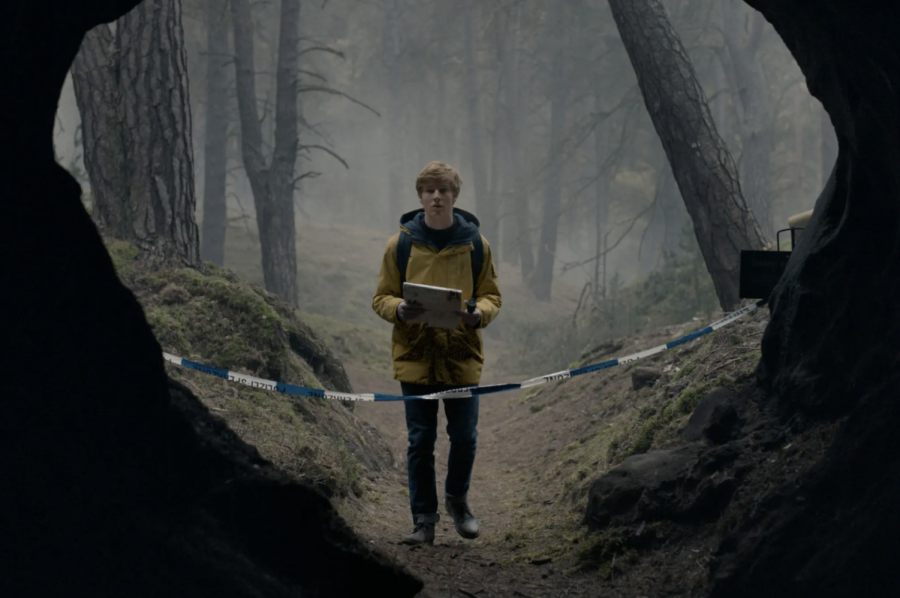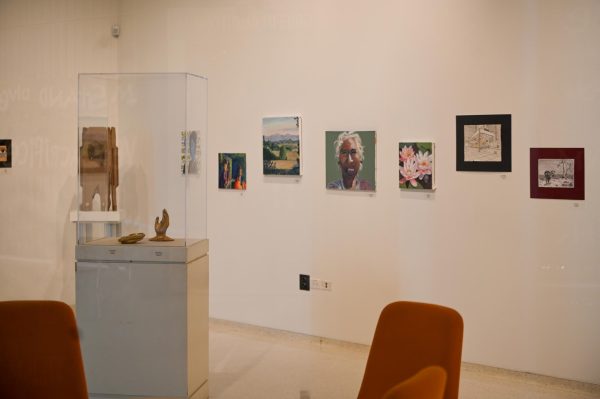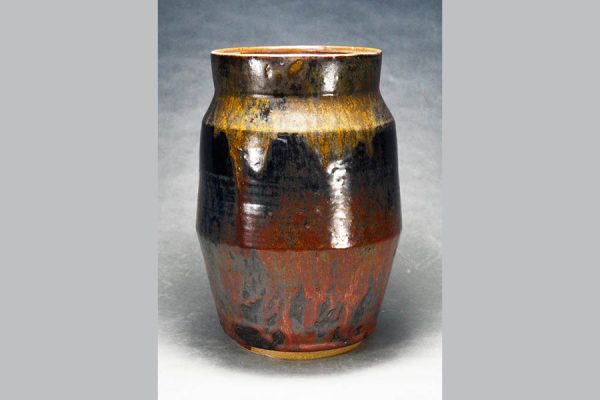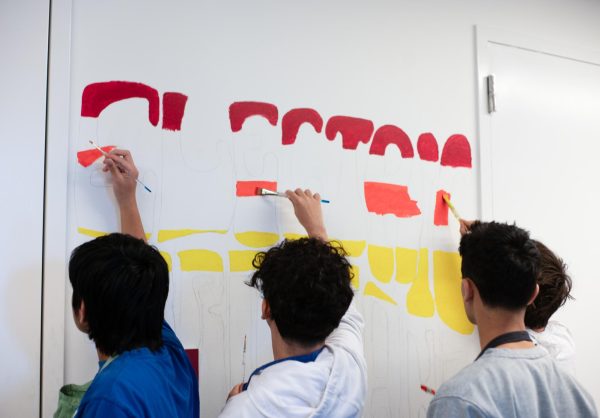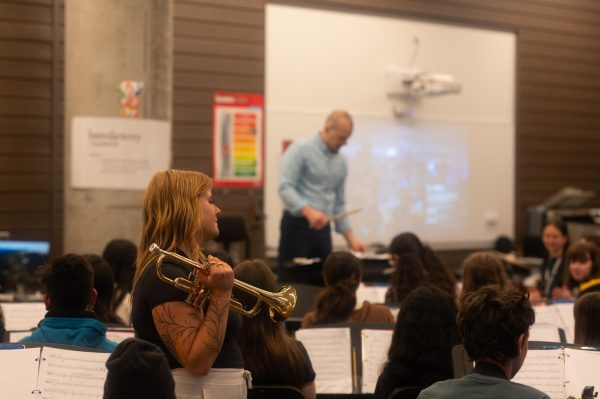Netflix’s thriller ‘Dark’ successfully incorporates complex sci-fi concepts
March 30, 2022
Time travel is a concept often explored in science fiction. The difficulty with these stories is often in grappling with a concept that is only theoretical. Time travel stories are often riddled with plot holes coming from paradoxes and inconsistencies. Any attempt to explain their convoluted concepts makes for confusing plots leading character development to be sacrificed for a complex story.
Netflix’s science fiction thriller “Dark” is a time travel story that finds a balance of complexity and depth. It has memorable characters, as well as a puzzle box story that slowly unravels over the show’s three seasons. When the first season of “Dark” debuted on Netflix in December 2017 it was the first German Netflix original. The show’s dialogue was originally in German, but it can be viewed with an English dub or subtitles.
The show follows residents of the small town of Winden, Germany, including Jonas Khanwald, a teenage boy who begins to uncover some of the town’s dark secrets. In searching for a missing boy, Jonas finds a tunnel inside the caves under the town. When he emerges, he finds himself in 1986. Meanwhile, the show follows other townspeople as they attempt to learn each other’s secrets and cover up their own. The show focuses on three time periods in the town: 1953, 1986 and 2019. Most characters are portrayed by three actors: a child, an adult and an elderly person. “Dark” becomes increasingly complex as some characters move through time and are revealed to be older or younger versions of characters already introduced.
Despite the complexity of its plot, “Dark” grapples with complex philosophical questions around free will, responsibility and accepting change.
Despite the complexity of its plot, “Dark” grapples with complex philosophical questions around free will, responsibility and accepting change. Each episode is about 50 minutes, and all of them work to drive the plot forward. While the production design of the show is dim and gloomy, it’s dim and gloomy in its own unique way. The visual style of the show is reflective of its dark subject matter yet has consistent aesthetics. For example, all of the time travel technology is reflected by the time period in which it was made. In 1953, it’s clockwork inside a briefcase and in 1986 it’s a mysterious nuclear power plant. The show contains some beautiful-yet-haunting shots ranging from the misty tunnels of caves to city-destroying apocalypses. What will keep viewers watching are the show’s mind-bending twists, which continue to one-up each other.
While it is revealed in Season 3 how all of the show’s plot threads tie together, the show’s finale is good but not great. Some characters’ journeys are cut short or told out of order to serve the main plot. With all the time the show spends carefully setting up all of the story threads and ensuring continuity, it is sometimes disappointing to see characters get sidelined. “Dark” has often been compared to “Stranger Things” because of the dark tone, ’80s nostalgia and the kids and adults of a small town uncovering a sci-fi mystery. However, as the show progresses past its weak first season, it finds its stride and embraces its complexity.
Overall, “Dark” is an impressive show — not only in its acting and production but in its ambitious storytelling. Where most time travel stories would attempt to simplify the concept, Dark embraces the complexity and creates a better viewing experience because of it.



